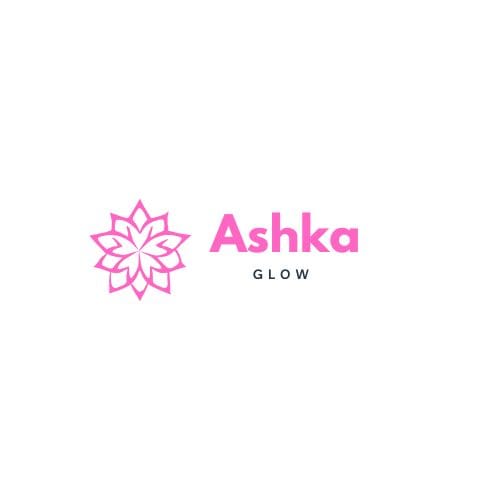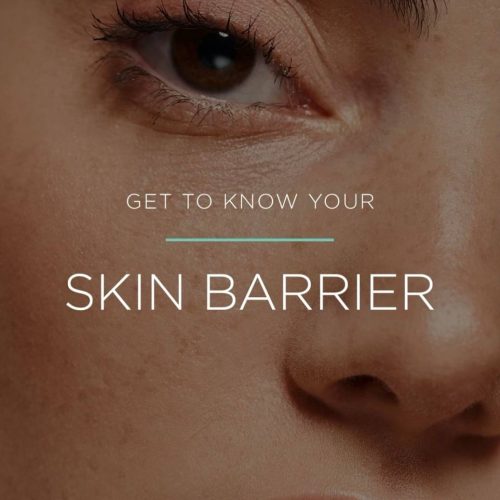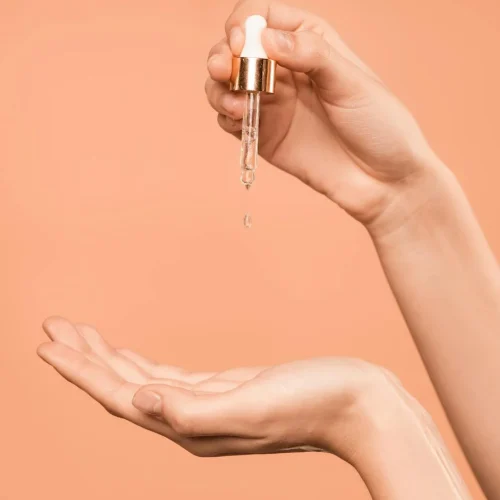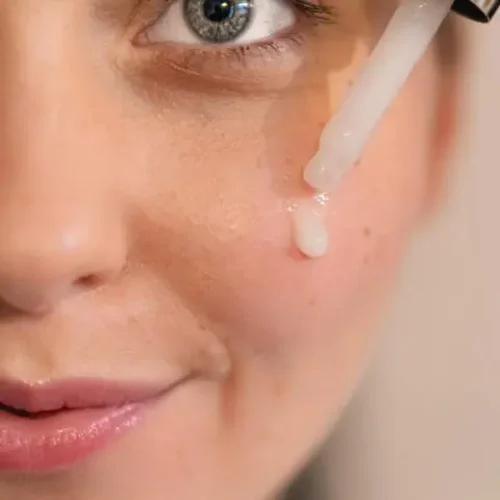Our skin is more than just a covering, it is a living organ that performs important protective, regulatory and communicative functions for your body. At the center of these functions is the skin barrier, an elegant yet fragile system and, in its own way, an organ in and of itself that we often inadvertently harm through our daily habits and the products we use. When healthy, it protects us from disruptive elements found in our environment — while preventing loss of hydration.
In this article, we’ll look in greater detail at skin anatomy, the importance of pH balance, the microbiome, and the importance of lipids and ceramides when discussing the skin barrier. By the end of this post, you will not only understand why the skin barrier is sufficiently important, but also how to support a healthy skin barrier.
Understanding Skin Anatomy: The Foundation of Protection
Before we can talk about the skin barrier, we need to understand how the skin is structured:
- Epidermis: The outermost barrier that protects from outside threats. The outermost layer of the epidermis is called the stratum corneum, where the skin barrier is located.
- Dermis: The middle layer of the skin that contains collagen, elastin, blood, and nerves.
- Hypodermis: the inner most layer, containing mostly fat and connective tissue provides insulation and padding.
the stratum corneum is termed a “brick and mortar” structure:
- Corneocytes {the dead skin cell} are the bricks
- Lipids {the fat, ceramides, cholesterol, and free fatty acids} are the mortar holding the bricks together
The stronger the stratum corneum, the less the skin will lose water, which means less chance of pathogens having access to the body, and better skin health. If the barrier is compromised it leads to high sensitivity, inflammation, dryness, acne, eczema, and accelerated aging.
The Crucial Role of pH Balance in Skin Health
pH is one of the most critical, yet often overlooked, factors in skin health.
- 1.Normal skin has a slightly acidic pH of 4.5 to 5.5.
- 2.This surface acidity, sometimes referred to as the “acid mantle,” inhibits harmful bacteria and promotes the enzymatic processes that produce key lipids needed for barrier repair.
When pH is disturbed (e.g., soap, exfoliation, pollution, etc.) skin becomes compromised.
- Harmful bacteria thrive.
- Production of natural lipids decreases.
- Irritation and inflammation will increase.
How to keep your skin’s pH balanced:
- Use gentle cleansers that are pH balanced.
- Don’t wash too frequently or use harsh alkaline products (bar soaps).
- Consider using a toner that will restore your skin’s pH after cleansing the skin.
The Microbiome: Your Invisible Skin Guardians
A different aspect of protective vitality is the skin microbiome- a busy ecosystem made up of trillions of beneficial microorganisms that inhabit your skin.
These microbes perform many critical functions:
- Out-compete harmful bacteria responsible for infection and breakouts.
- Control the immune system response to the skin to calm over-reactions (like eczema).
- Contribute to the skin pH and produce antimicrobial peptides.
Disrupting the microbiome (by using antibiotics, using harsh products, or practices that worsen your skincare) can lead to:
- More sensitivity.
- Increased flare-ups of acne and rosacea.
- Slower wound healing.
How to maintain your skin microbiome:
- Use minimalist skincare products which contain a limited amount of microbiome-friendly ingredients.
- Use probiotic or prebiotic skincare.
- Restrict your use of antibacterial cleansers (unless absolutely needed).
Lipid, Ceramide: Foundation of the Barrier
Lipids are fats and provide about 50% of the skin barrier. Ceramides are especially important among lipids—they comprise approximately 40 – 50% of the skin lipids by weight.
What are Ceramides?
Ceramides are lipid molecules that are waxy in nature and found naturally and in very high concentrations in cell membranes. Ceramides:
- Help to hold skin cells together in the stratum corneum.
- Help to stop transepidermal water loss (TEWL).
- Protect the skin from environmental aggressors such as pollutants and allergens
Why Are Lipids and Ceramides Important?
If your skin is deficient in lipids and ceramides:
- Skin will dehydrate quickly
- Inflammatory skin conditions (i.e. eczema, psoriasis) will worsen
- The barrier won’t be able to recover as effectively when damaged
How to Replenish Ceramides and Lipids
- Choose products that are rich in ceramides, fatty acids and cholesterol – the optimal ratio of these ingredients is 3:1:1 respectively.
- Use a product containing niacinamide, as it boosts ceramide synthesis.
- Use occlusive ingredients (such as squalane or petroleum jelly) to seal in the moisture and help ceramides and lipids repair.
Common Causes of Skin Barrier Damage
To help us prevent skin barrier damage, it is helpful to understand what damages it:
- Over-exfoliating (especially with harsh acids or physical exfoliants)
- Overcleansing • Extreme weather (cold, wind, sun)
- Poor skincare choices (harsh, drying ingredients)
- Chronic stress, which increases cortisol levels and negatively impacts the skin’s ability to repair the barrier
How to Heal and Protect Your Skin Barrier
If your barrier is damaged, here’s a recovery roadmap:
- Simplify Your Skin Care Routine: A gentle cleanser, a moisturizer and sunscreen are all you need.
- Hydrate then Seal: Use a hydrating serum (that includes hydrating Ingredients such as hyaluronic acid) and then follow it up with an occlusive moisturizer.
- Use Ceramide Products: Use a moisturizer that contains ceramides and prioritize your barrier repairing moisturizer
- Be Gentle: Pat your skin dry and do not rub. Avoid hot water.
- Protect with Sun Protection Factor: Daily sunscreen protects the skin while it’s healing and prevents further UV damage.
- Avoid Active Ingredients – Temporarily: Stop using retinoids, stop with the AHAs and stop with the BHAs until your skin calms down
No matter the extent of damage, healing may take days to weeks, but this should restore your skin’s resilience through consistent self-care.
Conclusion: Care For Your Barrier, Care For Your Skin
Your skin barrier is your first and most important defense against the outside world. When you understand exactly what it is made up of — the stratum corneum’s “bricks and mortar,” the acid mantle and its pH, the invisible, yet important, microbiome, and the lipid layers made up of ceramides — you can understand how to appropriately care for, strengthen, and support a functioning barrier.
With care, you can develop a healthy, vibrant skin barrier that is balanced and glows with health and happens to also be more resistant to damage. Remember: healthy skin is not just about what you put on it but about patronizing the functional systems that are working for you, sometimes below the surface.






